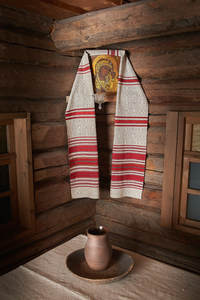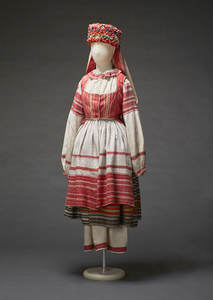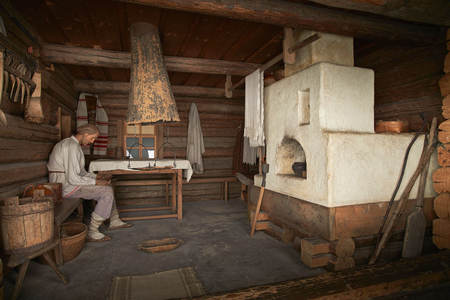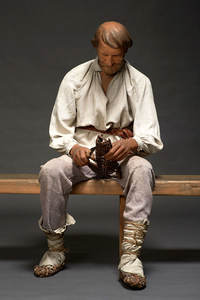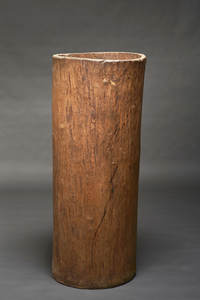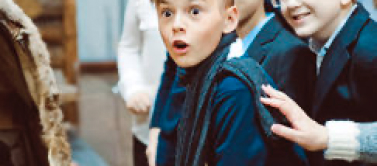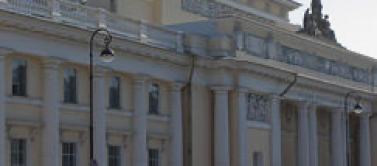Belarusians. Late 19th – early 20th century
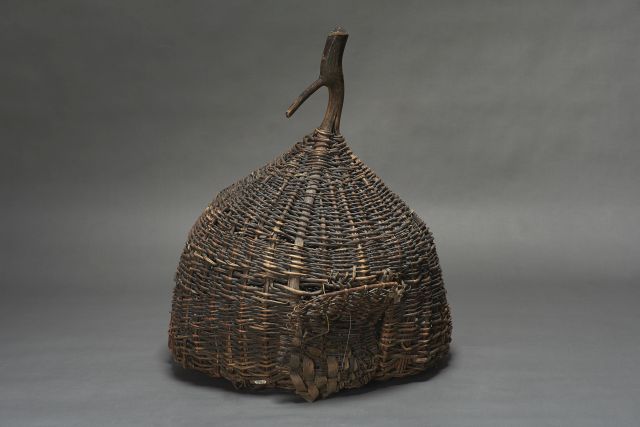
Traditional Belarusian peasant house
The central place is given to a full-size mockup of a log house. A traditional Belarusian house was built of two spaces, a living indoor one and a cold inner porch. The two-pitch roof was thatched; the floor was earthen or solid clay. The God’s corner with an icon and an icon lamp was decorated with an ornate towel, and the table was covered with a homespun cloth. They slept on a plank bed behind the stove. Lighting the indoor space with wicker lamps still existed in the 19th century. The heart of a home was a large Russian stove that was of special importance in the East Slavic peoples’ everyday life. It heated the space; meals were cooked and bread was baked in the stove, clothes were dried at the stove, children and old ones slept on the stove; in some areas of Belarus, people washed themselves in heated-up and still warm stoves, and rural potters fired earthenware in them. Many beliefs and rites involved the stove.
Men’s and women’s work
Archetypal farmers, the Belarusians were also engaged in a lot of auxiliary works and domestic crafts, primarily related to wood and flax processing; differentiation of male and female labor is related to these materials. Wood, osier, roots, bast, straw, and cane were used not only to erect dwelling, household, or public worship buildings, but also to make implements, furniture, means of transport, musical instruments, and all kinds of utensils – cooperage, dugout, and braided. Samples of these articles are widely represented in the exposition.
The tools and appliances for fiber processing and spinning, and the loom prepared for work tell you about women’s occupations.
Belarusian costume
Virtually all the Belarusian clothing represented by festive and ritual costumes was made of homespun fabric.
The women’s clothing set consisted of a chemise with a turn-down or stand-up collar, a striped or checkered skirt, an apron, and a sleeveless blouse. The chemise and apron were decorated with embroidery and figured weaving on the sleeves and hem. Married women hid their hair under a mob cap after winding it on a bast ring; over the mob cap they wore a “wrapper” – the ancient headgear in the form of a long linen towel. In the 19th century, wrappers were gradually superseded with factory-made kerchiefs. Girls plaited their hair; they went bareheaded or wore wreaths leaving the pate unclothed. For wedding, the bride also wore a wreath of paper flowers decorated with silk ribbons and silk braid. The favorite decorations of Belarusian girls and women were glass beads and bead strings.
The base of a men’s costume was a canvas shirt with a straight-cut collar, always belted and worn over the narrow trousers. On their head men wore conical woolen caps, felted hats, or ear-flapped caps. In the 19th century, peak caps appeared in Belarusian countryside. The essential men’s and women’s footwear was straight-woven bast shoes. Instead of socks or sockets, feet were wrapped in canvas puttees and tied over with rope straps. The ancient garments of the East Slavs were made without pockets, with smaller things carried in caps, in one’s bosom, in puttees, or under boot tops. The outer clothing was made from canvas, cloth, or sheepskin. Men’s and women’s overcoats and overjackets were similar, and always wrapped up to the left (“women’s” side).
Honey and wax in folk everyday life
The archaic beekeeping complex is interesting. Honey was the favorite sweets; the traditional mood-lifting drink mead was made from it; it was widely used in folk medicine. Wax was used in candle making, and bee glue was used as an adhesive and for medical treatment. The exposition shows an ancient beekeeping technique traced back to ancient wild hive beekeeping, i.e. gathering wild bees’ honey with prior straining them off the tree hollows. Later, peasants began to catch swarms of wild bees in woods themselves, settling them in artificial hollows or dugout (wild) hives. Wild hives were hung on tall trees with the aid of a special wheeled appliance, and the beekeeper climbed up on a lezivo, a rope appliance with a hook and a wooden seat. From the early 19th century, forest bee-keeping was gradually superseded by more efficient apiary bee-keeping, using dugout hives at first, and later movable frame hives.

